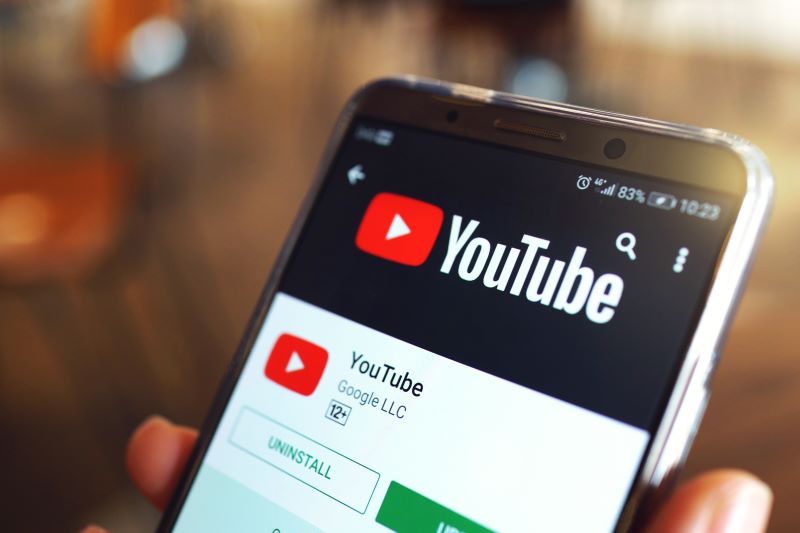
As a business, we often add little marketing strategies to our long-term branding approach to try and test which of the newly discovered strategies actually work. The marketing industry is a fast-paced industry, and that’s why we have to keep up with the latest trends. However, we sometimes struggle to balance short-term performance marketing with long-term branding efforts. While performance marketing focuses on immediate conversions and measurable ROI, branding builds trust, credibility, and customer loyalty over time. Successfully integrating both strategies can drive sustainable growth and profitability. Here’s how to effectively combine performance marketing with long-term branding.
1. Define clear goals for both strategies
Before merging performance marketing and branding, establish clear goals that complement each strategy. Performance marketing aims for quick wins, such as increasing sales, leads, or clicks through PPC, social media ads, and affiliate marketing. Branding, on the other hand, focuses on long-term recognition, customer loyalty, and reputation management. Align these objectives to ensure cohesive messaging across all channels.
2. Include data in storytelling
Performance marketing generates valuable data on customer behaviour, demographics, and engagement. Use these insights to refine your brand’s messaging and implement effective data storytelling. Identifying which type of ads and content connects with your audience the most will help you create a brand narrative to create a larger engagement.
3. Invest in high-quality content marketing
Content marketing is the connection between performance marketing and branding. While SEO-optimized blog posts, videos, and social media content drive organic traffic, they also reinforce brand identity and authority. Creating valuable content will help you build your audience’s trust and capture their attention. If you don’t know how to translate your ideas into content, you can choose to work with experts like Reach More Digital, who know how to enhance SEO rankings while strengthening your brand’s message.
4. Use paid advertising to increase brand awareness
Performance marketing channels like Google Ads, Facebook Ads, and influencer collaborations should not only target conversions but also build brand recall. Experiment with ads that incorporate your brand’s core values, unique selling points, and consistent visuals. Knowing which ads work and tweaking your campaigns can help you engage with the audience, which can later on be your real customers.
5. Prioritize customer experience and retention
Branding extends beyond logos and slogans. It’s about the customer experience. Optimize your website’s UX, make checkout processes more user-friendly, and offer personalized recommendations to enhance customer satisfaction. Performance marketing efforts should complement branding by focusing on high-quality customer interactions that encourage repeat purchases and positive reviews.
6. Build an omnichannel strategy
To effectively integrate performance marketing with branding, adopt an omnichannel approach. Ensure a consistent brand message across paid search, organic search, social media, email marketing, and offline channels—cross-promote campaigns by using social proof from branding initiatives like testimonials and case studies in your ads.
Incorporating performance marketing with long-term branding requires a strategic approach that balances immediate results with sustainable growth. By creating goals that align with branding and marketing, investing in quality content, and prioritizing your customers’ needs, your business can create an effective strategy that converts into sales and helps your brand grow.
Also read: Digital Marketing Essentials for Business Success
Image source: elements.envato.com



